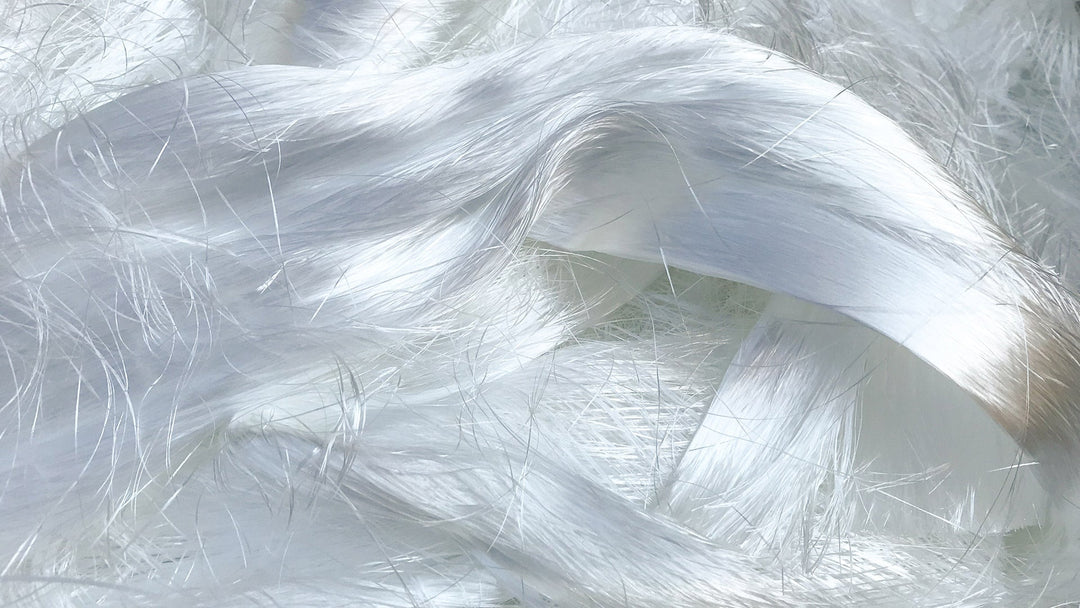As a sustainability consultant, you know that every choice matters when it comes to environmental impact. But have you ever stopped to consider how your wardrobe choices ripple through entire ecosystems? The truth is, sustainable fashion isn't just about looking good while doing good – it's about fundamentally transforming our relationship with the planet.
When we choose sustainable fashion, we're doing more than selecting a garment. We're voting for cleaner water systems, reduced carbon emissions, and healthier communities. Consider this: the traditional fashion industry currently accounts for 10% of global carbon emissions – more than all international flights and maritime shipping combined. But sustainable fashion is rewriting this story.
Take bamboo clothing, for instance. Each sustainable garment saves an average of 1.2 pounds of CO2, while the bamboo itself absorbs five tonnes of CO2 per hectare annually. This means your conscious wardrobe choices are actively helping to clean our atmosphere, not just avoiding harm.
But the impact goes deeper than carbon. Sustainable fashion transforms water systems by eliminating harmful fertilizers and chemicals. When you choose naturally grown materials like bamboo, you're protecting local water supplies that conventional fashion would contaminate. One sustainable garment can save up to 2,700 liters of water – enough to provide drinking water for one person for nearly three years.
The environmental benefits extend to waste reduction too. While fast fashion sends 87% of fiber materials to landfills, sustainable fashion emphasizes longevity and biodegradability. Your bamboo clothing naturally returns to the earth at the end of its lifecycle, leaving no trace except the positive impact it made during its use.
Perhaps most importantly, sustainable fashion creates a ripple effect through supply chains. When you choose sustainable pieces for your professional wardrobe, you're supporting renewable energy production (our facilities generate 261% surplus green energy), encouraging ethical farming practices, and demonstrating that business success and environmental stewardship can go hand in hand.
As someone who advises companies on environmental impact, you understand that systemic change starts with individual choices. Every sustainable garment in your wardrobe isn't just a piece of clothing – it's a statement about the future you want to create and an investment in the planet you're working to protect.
Ready to transform your wardrobe into a force for environmental change? Start with pieces that align with both your professional image and environmental values. Because when it comes to protecting our planet, style and sustainability don't have to be mutually exclusive.







